Inbox and Environment News: Issue 272
July 17 - 23, 2016: Issue 272
Queensland Cicada Relative Heads South For Winter
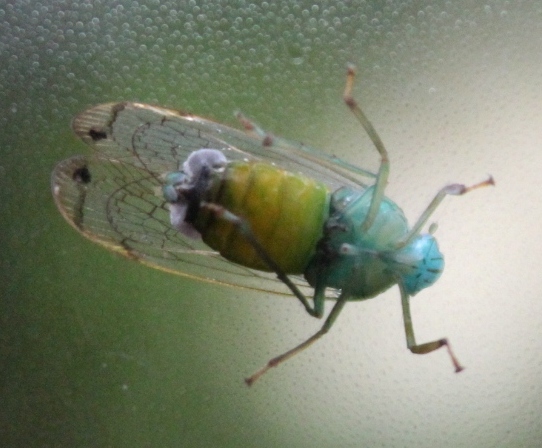
- Having examined Document WHC/16/40.COM/7B.Add,
- Recalling Decisions 38 COM 847 and 39 COM 7B.35, adopted at its 38th (Doha, 2014) and 39th (Bonn, 2015) sessions respectively,
- Commends the State Party for its commitment to explicitly rule out all forms of commercial logging and mining in the whole of the property, as well as its other commitments made in response to the recommendations of the 2015 joint IUCN/ICOMOS Reactive Monitoring mission, and requests the State Party to implement all of the mission’s recommendations;
- Welcomes the State Party’s commitment to include additional and strict assessment criteria to ensure that commercial tourism proposals do not impact negatively on the property’s Outstanding Universal Value (OUV), and notes that a separate Tourism Master Plan will be elaborated in order to refine the balance between legitimate tourism development and conservation of cultural and natural attributes, based on consultation and negotiation with relevant stakeholders, including the Tasmanian Aboriginal Community;
- Notes the information provided by the State Party with regard to the recent fires which affected the property, and also requests the State Party to ensure that fire research and management are fully reflected in the revision of the draft Management Plan for the property, including through the evaluation of recent experiences with fire response and taking into account the conclusions and recommendations made by the independent review of the management of the Tasmanian fires of January 2016;
- Encourages the State Party to explore the possibility of dual naming for the property, to reflect its wilderness character, its Aboriginal heritage and the relationship of the Tasmanian Aboriginal Community with the property;
- Further requests the State Party to submit to the World Heritage Centre, by mid-2017, a synthesis report of all available information on cultural sites of the property and a detailed plan for the comprehensive cultural survey, as recommended by the mission, and, by 1 December 2017, an updated report on the state of conservation of the property and the implementation of the above, for examination by the World Heritage Committee at its 42nd session in 2018.
Big Protection For Our Little Penguins
Australian Laws Lag On Electronic Waste Management
Werris Creek Discharge Meets Environmental Requirements
Katandra Sanctuary
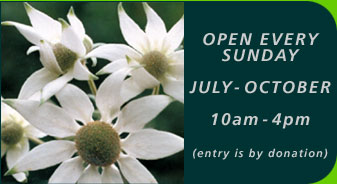
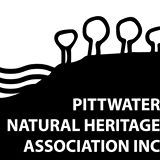
SUNDAY MORNING BIRDWATCHING with PNHA
Would you like to know more about our local birds and explore our bushland reserves? Then join us on one of our bird walks:
21 August, Chiltern Track, Ingleside (birds and wildflowers)
25 September, Irrawong Reserve, North Narrabeen
27 November, Warriewood Wetlands
Most walks start at 7.30 or 8am and last a couple of hours. Bring binoculars and morning tea for afterwards if you like. Contactpnhabirdwatching@gmail.com for details of each walk.
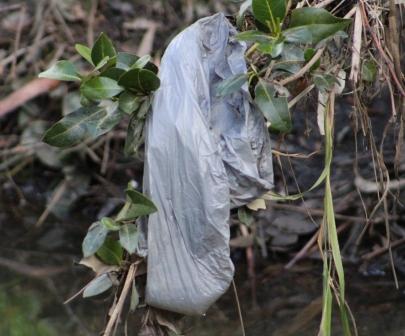
Plastic Free July
Bush Regeneration And Envirofun Weekend
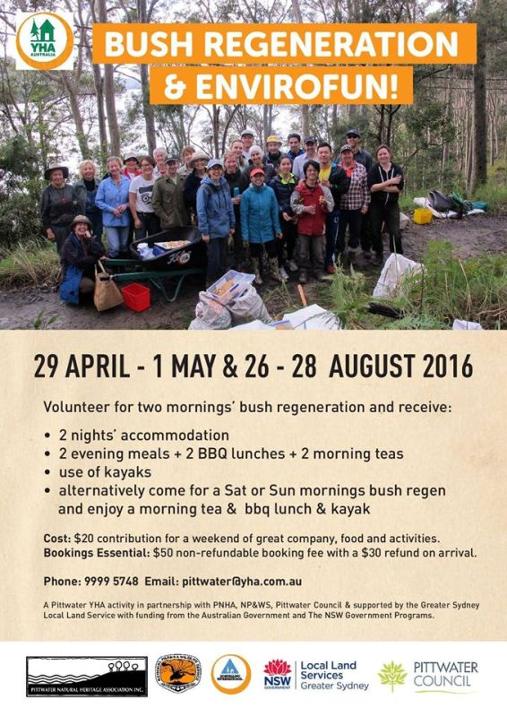
Have Your Say On:
Have Your Say On Modifications To The Bulga Coal Mine
Camden Gasfields Petition
AGL still have 96 coal seam gas production wells in South Western Sydney, surrounding Camden, some between 40m - 200m from family homes and schools.
While the Eastern suburbs, electorates for Mike Baird and Malcolm Turnbull MP, have zero.
As the largest growth center in Sydney there are current plans to build 35,000 new homes as close as 20m from AGLs existing coal seam gas wells.
AGL plans to stop all production in this area by 2023. This is not acceptable. These families do not deserve 7 more years of these horrific health effects. 35,000 new homes in the same area is a health epidemic in the making.
Australian Mothers-Against-Gas started this petition with a single signature, now they need more support to help protect Camden and shut down those wells NOW.
Sparkles The Cat Finds A Warm Corner And Toasty Winter Sun
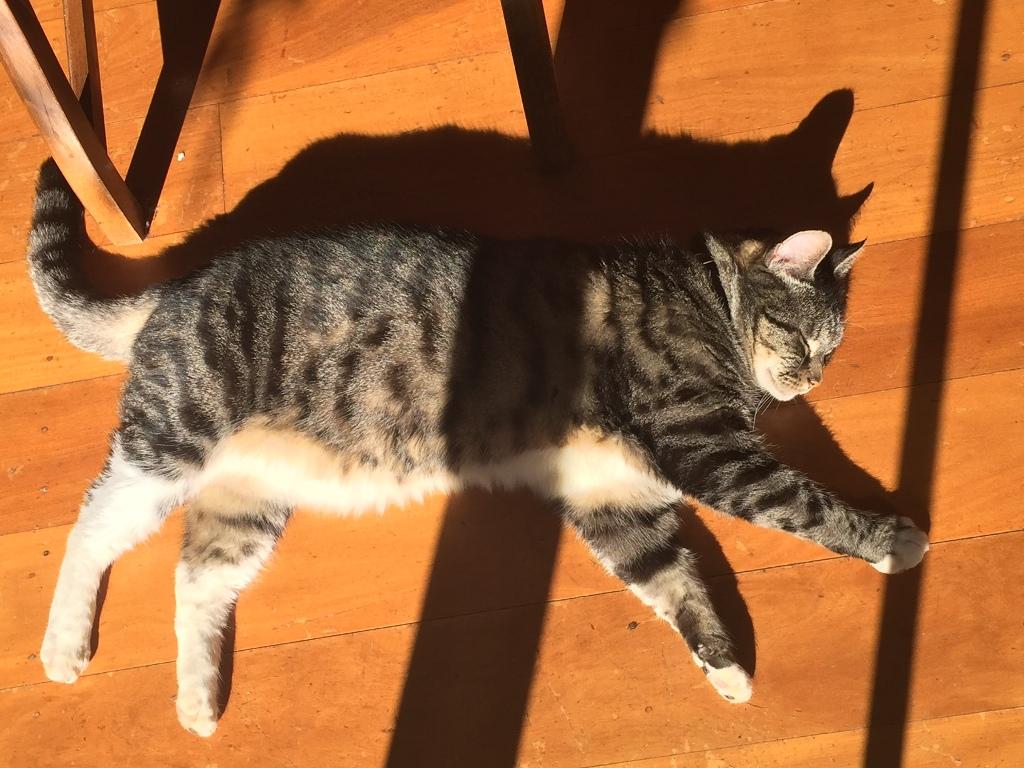
New Toy Bounces Into Play School In Time For 50th Celebrations
- 12 new Connected Learning Centres will open each month in 2017, giving students access to TAFE training and teaching across the network
- a new TAFE Digital Education headquarters will be created in regional NSW
- any money from land or asset sales will be invested back into TAFE NSW.
National Prize To Recognise Australia’s Mental Health Champions
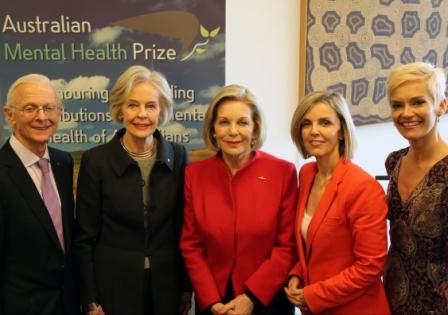
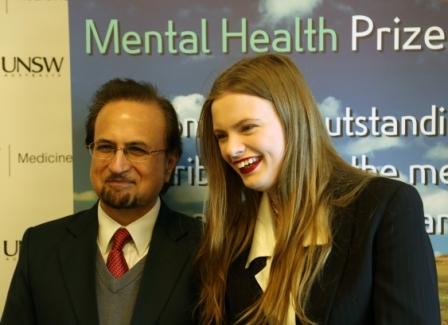

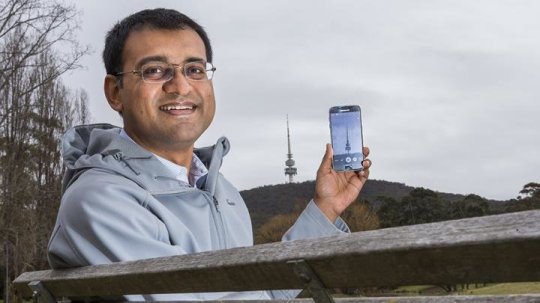
DJ Duo NERVO Inspire Women To Study Engineering

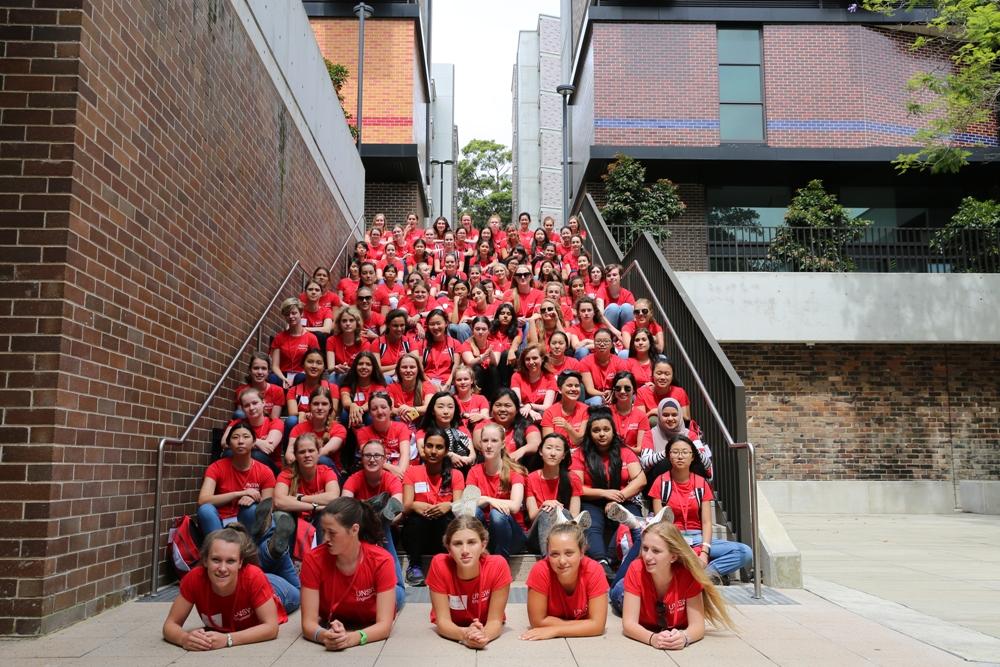
- Explore the diverse fields of engineering
- Participate in interesting activities and workshops in health and bio systems, energy systems and the digital future
- Meet like-minded students and work in teams on engineering design challenges
- Visit sites around Sydney that showcase engineering in action. The companies visited are different each year.
- Meet a range of successful engineers at a networking function
- Explore career and lifestyle opportunities in Australia and internationally
- Meet engineering students and graduates keen to share their experiences
- Enjoy a number of social events and make new friends with similar interests to yours
- Live on campus
- A statement about why you want to attend the camp (max 500 characters)
- A statement about what interests you about maths/science (max 500 characters)
- A statement about your academic achievements (max 500 characters)
- A statement about your extra-curricular achievements (max 500 characters)
- A referee we can contact
- Your most recent school report
NERVO - "People Grinning" - Made By Me
New Names On The Antarctic Map

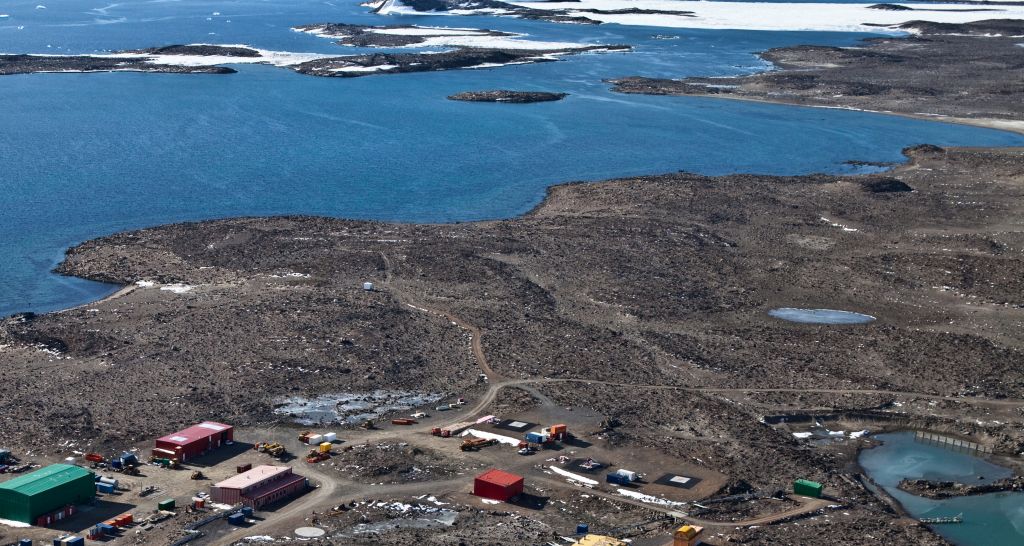
NASA's Juno Spacecraft Sends First In-Orbit View
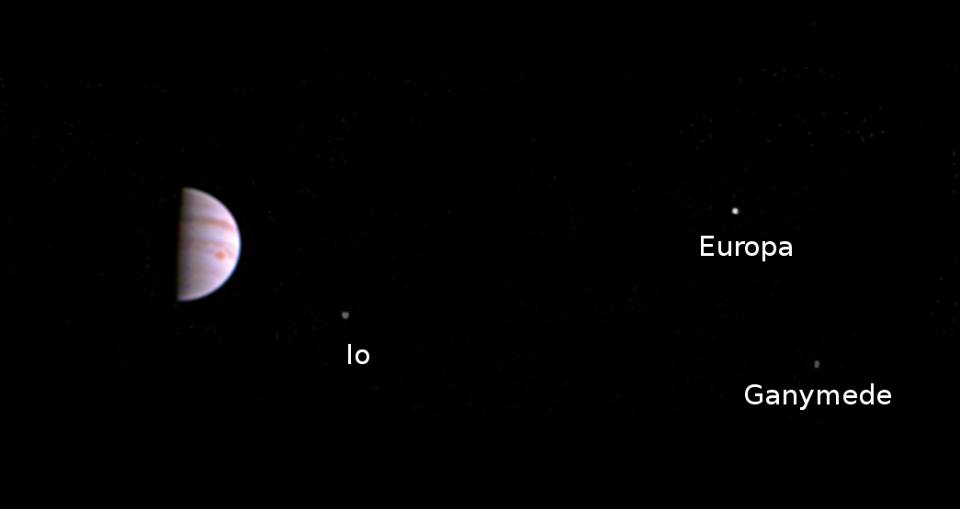
Juno Approach Movie Of Jupiter And The Galilean Moons
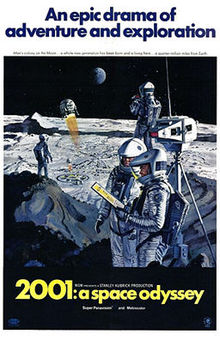 He is perhaps most famous for being co-writer of the screenplay for the movie 2001: A Space Odyssey, widely considered to be one of the most influential films of all time. His other science fiction writings earned him a number of Hugo and Nebula awards, which along with a large readership made him one of the towering figures of science fiction. For many years Clarke, Robert Heinlein and Isaac Asimov were known as the "Big Three" of science fiction. As an avid populariser of space travel and a futurist of uncanny ability, he wrote over a dozen books and many essays, which appeared in various popular magazines. In 1961 he was awarded the Kalinga Prize, an award which is given by UNESCO for popularizing science. These along with his science fiction writings eventually earned him the moniker "Prophet of the Space Age".
He is perhaps most famous for being co-writer of the screenplay for the movie 2001: A Space Odyssey, widely considered to be one of the most influential films of all time. His other science fiction writings earned him a number of Hugo and Nebula awards, which along with a large readership made him one of the towering figures of science fiction. For many years Clarke, Robert Heinlein and Isaac Asimov were known as the "Big Three" of science fiction. As an avid populariser of space travel and a futurist of uncanny ability, he wrote over a dozen books and many essays, which appeared in various popular magazines. In 1961 he was awarded the Kalinga Prize, an award which is given by UNESCO for popularizing science. These along with his science fiction writings eventually earned him the moniker "Prophet of the Space Age".‘The Birds, The Sea & Me’:New Book On Endangered Shorebirds On South Coast
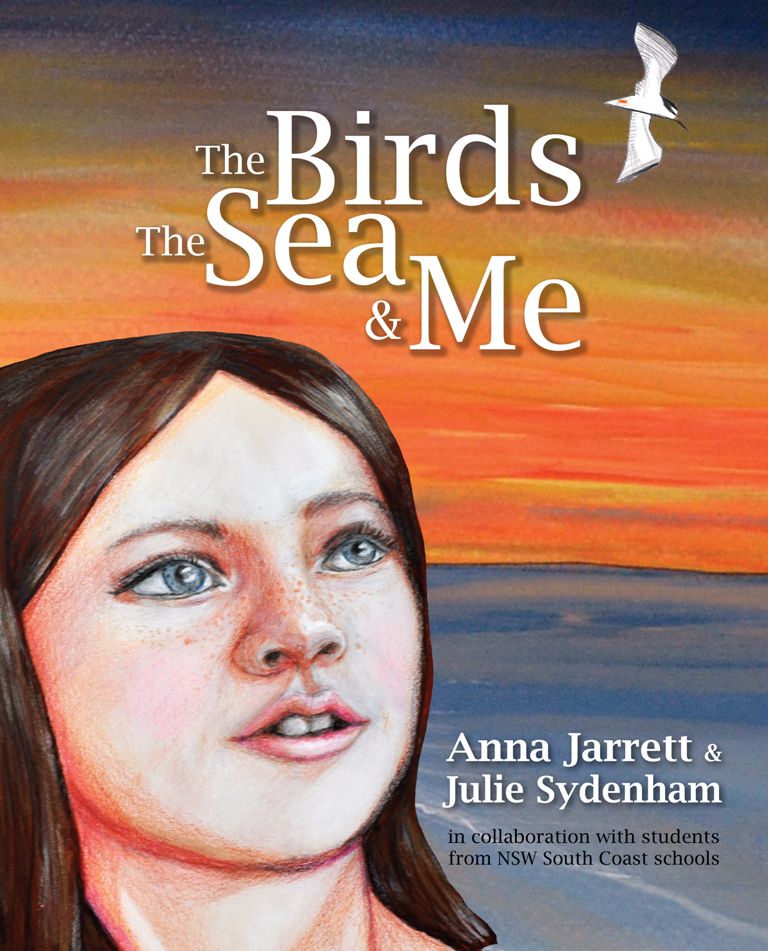
A naturalist in Tasmania by Geoffrey Smith, Geoffrey, 1881-1916 Published 1909